PPT-HBV Clinical Management [TRAINER(S) NAME(S)] IAPAC African Regional
Author : mitsue-stanley | Published Date : 2019-10-31
HBV Clinical Management TRAINERS NAMES IAPAC African Regional CapacityBuilding Hub Based in Johannesburg South Africa Mission Strengthen clinician capacity to deliver
Presentation Embed Code
Download Presentation
Download Presentation The PPT/PDF document "HBV Clinical Management [TRAINER(S) NAME..." is the property of its rightful owner. Permission is granted to download and print the materials on this website for personal, non-commercial use only, and to display it on your personal computer provided you do not modify the materials and that you retain all copyright notices contained in the materials. By downloading content from our website, you accept the terms of this agreement.
HBV Clinical Management [TRAINER(S) NAME(S)] IAPAC African Regional: Transcript
Download Rules Of Document
"HBV Clinical Management [TRAINER(S) NAME(S)] IAPAC African Regional"The content belongs to its owner. You may download and print it for personal use, without modification, and keep all copyright notices. By downloading, you agree to these terms.
Related Documents

![PPT-HBV Clinical Management [TRAINER(S) NAME(S)] IAPAC African Regional](https://thumbs.docslides.com/761285/hbv-clinical-management-trainer-s-name-s-iapac-african-regional.jpg)
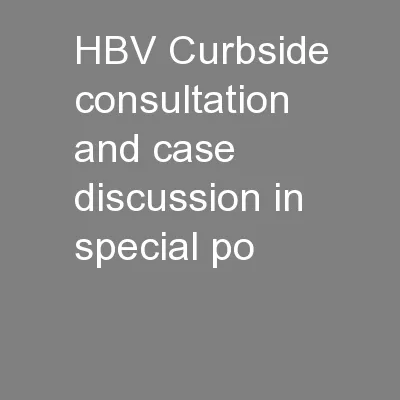
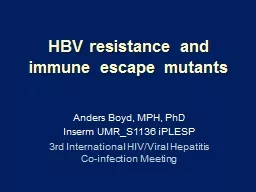
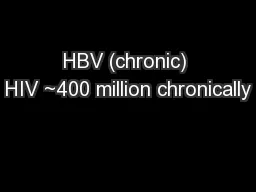
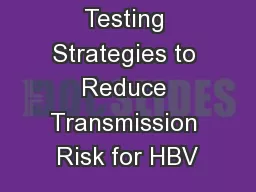


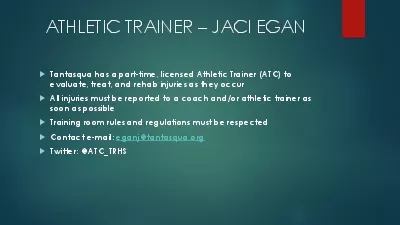


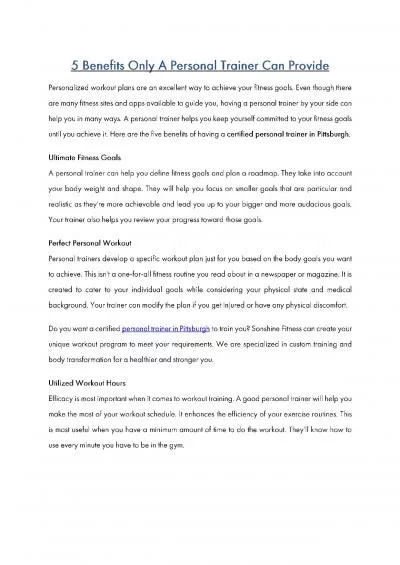
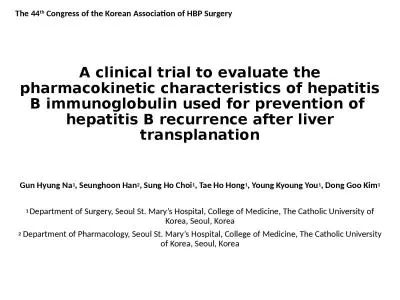
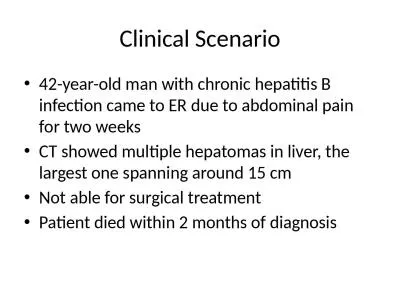
![HBV Clinical Management [TRAINER(S) NAME(S)]](https://thumbs.docslides.com/1038908/hbv-clinical-management-trainer-s-name-s.jpg)